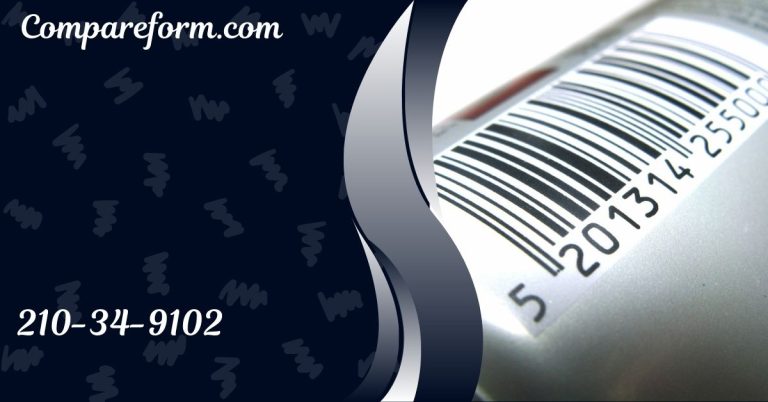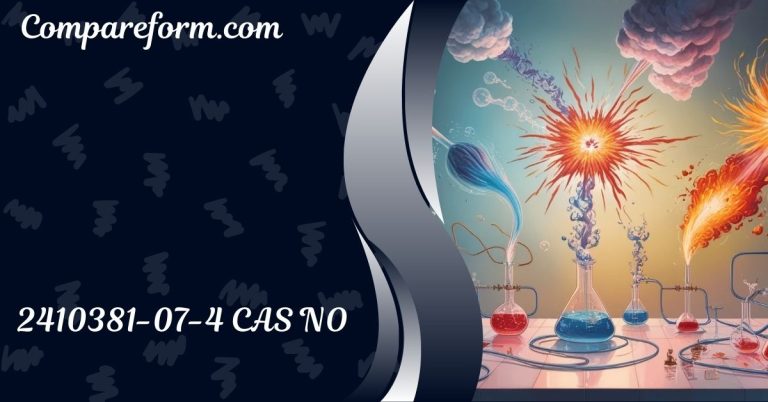The Case of f77b-14a626-j4cpr-baw – Importance of Unique Identifiers
In today’s interconnected world, unique identifiers like “f77b-14a626-j4cpr-baw” play an essential role across numerous industries. These identifiers are crucial for enhancing traceability, improving data management, and increasing overall efficiency. This comprehensive guide delves into the significance of such identifiers, using “f77b-14a626-j4cpr-baw” as a case study to explore their impact in different sectors.
What is “f77b-14a626-j4cpr-baw”?
The identifier “f77b-14a626-j4cpr-baw” is a unique alphanumeric code used to specify a particular item or entity within a larger system. This code exemplifies how unique identifiers help streamline operations by offering a distinct reference for tracking, managing, and organizing data.
The Structure of Unique Identifiers
To understand the value of “f77b-14a626-j4cpr-baw,” it’s important to break down its structure:
- f77b: This segment could represent a specific category or type of item.
- 14a626: Often, this middle section indicates a model number or version.
- j4cpr: This part might denote a production batch or other distinctive features.
- baw: The final section may be a unique serial number or specific identifier.
Each part of this identifier serves a purpose in distinguishing one item from another, ensuring precision in tracking and data management.
The Role of Unique Identifiers in Various Industries
Unique identifiers like “f77b-14a626-j4cpr-baw” are indispensable across multiple sectors. Here’s a closer look at how these identifiers impact different industries:
1. Manufacturing
In manufacturing, unique identifiers are used to track products through the supply chain, manage inventory, and ensure quality control.
Benefits in Manufacturing:
- Traceability: Each product can be traced back to its origin, facilitating recalls and audits.
- Inventory Management: Accurate tracking of materials and finished goods helps maintain optimal inventory levels.
- Quality Assurance: Identifiers ensure that quality checks are applied consistently and that any defects can be traced back to their source.
Example: Consider a factory that produces electronic components. Each component is assigned a unique identifier like “f77b-14a626-j4cpr-baw.” This code allows the manufacturer to track each component through production, testing, and delivery. If a defect is found, the identifier helps trace it back to the specific batch or production line.
2. Software Development
In software development, unique identifiers are used to manage versions, track bugs, and handle updates.
Benefits in Software Development:
- Version Control: Identifiers help developers track different versions of software and manage updates.
- Bug Tracking: Each issue or bug can be logged and traced back to specific code or versions.
- Deployment: Identifiers facilitate the smooth deployment of software updates and patches.
Example: A software company might use a unique identifier for each release of their application. For instance, “f77b-14a626-j4cpr-baw” could represent a specific build or version. This helps developers and users keep track of which features or fixes are included in each release.
3. Healthcare
In healthcare, unique identifiers are crucial for patient records, medical devices, and pharmaceuticals.
Benefits in Healthcare:
- Patient Records: Unique identifiers ensure accurate and confidential patient information management.
- Medical Devices: Each device can be tracked for maintenance, recalls, and usage.
- Pharmaceuticals: Identifiers help manage drug inventory and ensure that medications are correctly dispensed.
Example: In a hospital, each patient might be assigned a unique identifier to manage their medical records efficiently. Additionally, medical devices used in treatments or surgeries are tracked using unique identifiers to ensure they are functioning correctly and have not been recalled.
4. Retail
In retail, unique identifiers help manage inventory, track sales, and enhance customer service.
Benefits in Retail:
- Inventory Management: Accurate tracking of products helps prevent overstocking or stockouts.
- Sales Tracking: Each sale can be traced to specific products, helping analyze sales trends.
- Customer Service: Unique identifiers assist in managing product returns and exchanges.
Example: A retail store might use a unique identifier for each product to streamline inventory management. For instance, “f77b-14a626-j4cpr-baw” could help the store track sales, manage stock levels, and quickly locate items in the warehouse.
Why Unique Identifiers are Crucial
Unique identifiers offer several benefits that are crucial for modern operations:
Enhanced Traceability
Unique identifiers allow organizations to trace products, data, or entities through various stages of their lifecycle. This traceability is essential for quality control, compliance, and efficient management.
Improved Data Management
By assigning unique identifiers, organizations can manage large volumes of data more effectively. This improves accuracy and reduces errors in data entry and retrieval.
Increased Efficiency
Unique identifiers streamline processes by providing a clear and unambiguous reference for each item or record. This reduces the time spent on searching for information and improves overall operational efficiency.
Better Accountability
With unique identifiers, it’s easier to assign responsibility and track actions associated with specific items. This is important for maintaining accountability and ensuring that processes are followed correctly.
The Future of Unique Identifiers
As technology continues to advance, the use of unique identifiers is likely to become even more prevalent and sophisticated. Here are some trends to watch:
Integration with IoT
The Internet of Things (IoT) will enhance the capabilities of unique identifiers by allowing real-time tracking and data collection from interconnected devices.
Blockchain Technology
Blockchain technology could provide a more secure and transparent way to manage and verify unique identifiers, especially in supply chains and financial transactions.
Advanced Data Analytics
With the growing availability of big data, advanced analytics will enable more insightful use of unique identifiers, helping organizations make better decisions and optimize their operations.
FAQs
What is a unique identifier?
A unique identifier is a distinct alphanumeric code or number assigned to an item, record, or entity to differentiate it from others. It is used for tracking, data management, and ensuring accuracy.
How does “f77b-14a626-j4cpr-baw” function as an identifier?
The identifier “f77b-14a626-j4cpr-baw” helps in specifying and tracking a particular item or record within a system. Each segment of the code provides unique information about the item, such as its category, model, or batch.
Why are unique identifiers important in manufacturing?
In manufacturing, unique identifiers are crucial for traceability, inventory management, and quality assurance. They help track products through the supply chain and ensure that quality standards are met.
How do unique identifiers benefit software development?
Unique identifiers in software development help manage versions, track bugs, and handle updates. They provide a clear reference for different builds and facilitate efficient development and deployment processes.
What role do unique identifiers play in healthcare?
In healthcare, unique identifiers manage patient records, medical devices, and pharmaceuticals. They ensure accurate and confidential information management and help in tracking and maintaining medical equipment and drug inventory.
Conclusion
The identifier “f77b-14a626-j4cpr-baw” exemplifies the vital role unique identifiers play in modern operations. From enhancing traceability and data management to increasing efficiency and accountability, these codes are essential across various industries. As technology evolves, the use of unique identifiers will continue to grow, bringing new opportunities for innovation and improvement. Understanding their significance helps organizations optimize their processes and stay competitive in a rapidly changing world.






